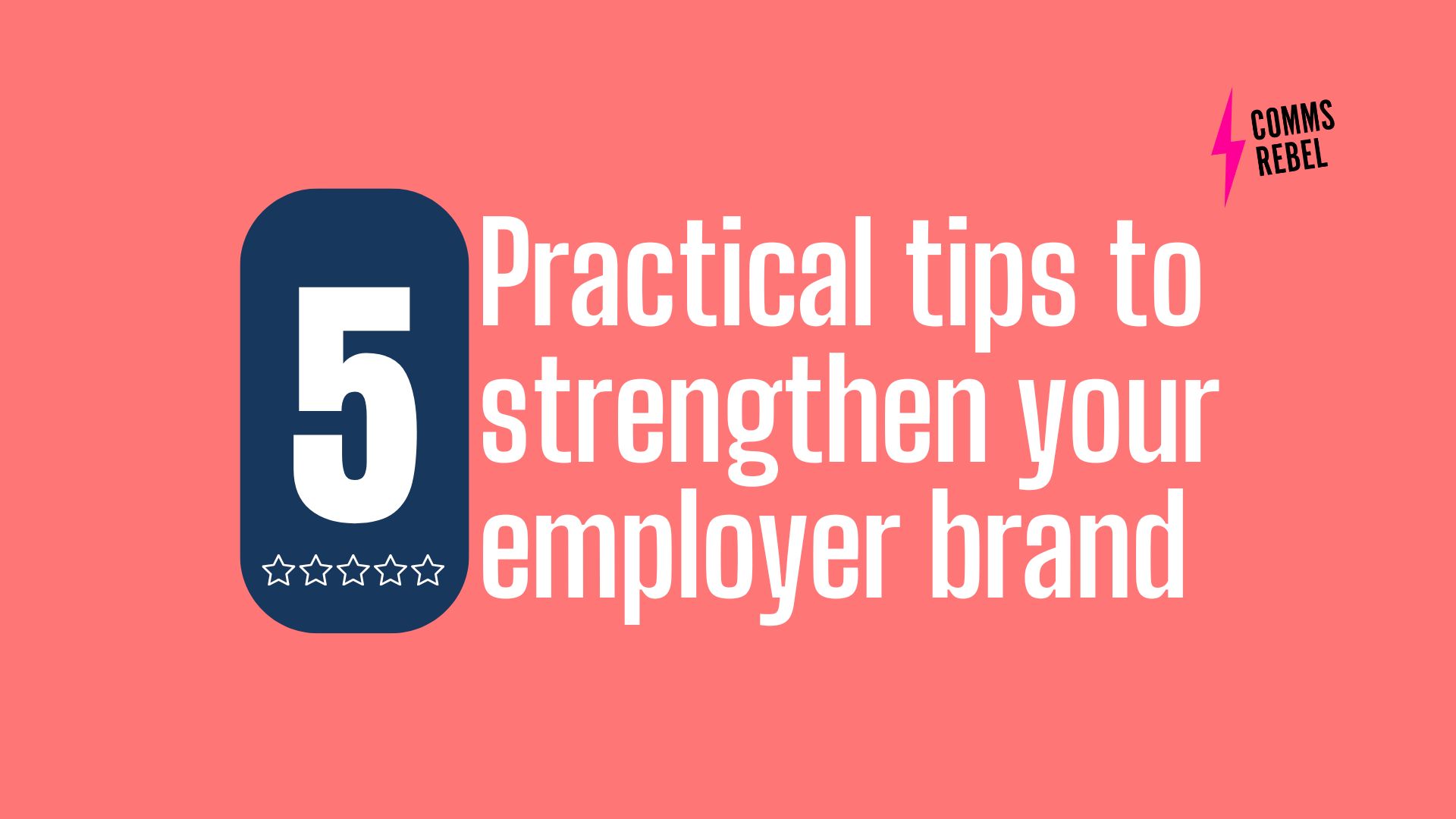If your internal communications still rely on long-winded emails, generic newsletters, and top-down updates, it’s no surprise if your colleagues are disengaged. The truth is, traditional internal comms were built for a different time when senior leaders spoke and most colleagues listened. But in today’s world, with constant distractions and overflowing inboxes, that approach no longer works.
The statistics tell a clear story:
- Only 32% of employees feel engaged at work (Gallup)
- 74% of employees say they miss important company updates (Trade Press Services)
- 70% feel overloaded with information but still lack clarity (Gartner)
The issue isn’t that colleagues don’t care, it’s often the way information is delivered fails to connect. Poor internal communication can damage workplace culture, lower productivity, and increase staff turnover. So what’s going wrong?
The common pitfalls of internal comms
🚩 Too much noise, not enough clarity. Colleagues are drowning in emails and Teams messages, yet still don’t get the information they actually need.
🚩 Lack of relevance. Mass updates sent to the entire organisation rarely land well. People want communication that feels tailored to their role, location, or interests.
🚩 Top-down communication kills trust. Colleagues don’t want to just be told what’s happening by a CEO they rarely interact with. They want to be part of the conversation, to understand how their work contributes to the bigger picture.
🚩 Inconsistent messaging. When messages come from different departments with conflicting information, it leads to confusion and frustration. Consistency is key to building trust and ensuring everyone is on the same page.
🚩 Ignoring feedback loops. Internal comms should be a two-way street. If colleagues have no way to share their thoughts or ask questions, communication becomes a broadcast rather than a conversation, leading to disengagement.
So how can you rebuild internal communications to raise engagement, connection, and trust?
1) Personalise your communications
Not everyone needs to know everything, and this point cannot be overstated. People are already overwhelmed by information, so focus on smart segmentation. Send tailored messages that provide value to specific groups, making colleagues feel seen, heard, and valued. Personalised internal communication increases relevance, helping messages resonate more effectively.
2) Use formats people engage with
Review what’s working well and why. Are people ignoring long emails but watching short videos? Are live Q&A sessions drawing engagement? Meet colleagues where they are and experiment with diverse formats like podcasts, voice notes, interactive chats, and bite-sized updates. Using engaging formats can boost employee engagement and make internal comms more dynamic.
3) Listen first, communicate second
This is an underestimated skill, but it can completely transform your internal comms strategy. If your planning starts with “What do we want to say?” rather than “What do colleagues need?” you’re already off track. Regularly gather feedback, ask questions, and truly understand what your people are looking for. Employee feedback helps shape communication strategies that truly serve the workforce.
4) Create clear, consistent messaging
Avoid the chaos of mixed messages by establishing clear communication guidelines. Create a centralised internal comms calendar, ensure messages align across departments, and designate key communicators. Consistent messaging reinforces organisational priorities and reduces confusion.
5) Build feedback channels
Give colleagues multiple ways to share feedback, whether through pulse surveys, anonymous forms, or interactive town halls. Act on this feedback, and make sure colleagues see the impact of their input. When people feel heard, they are more likely to stay engaged and trust the organisation.
The world has moved on, and colleagues expect the same level of speed, personalisation, and authenticity from workplace communications as they do from their favourite apps and websites.
When was the last time you properly reviewed your internal comms and asked what your colleagues need to thrive, not just survive? The most effective internal communications strategies evolve alongside the workforce, adapting to new technologies, feedback, and shifting workplace dynamics.
We are an internal comms and employee experience consultancy specialising in workplace culture, change, confidence, and coaching. If you found this helpful, check out the free resources in our CommsRebel platform. Find out more or download directly from the App Store, Google Play Store or Desktop.
Let us know your thoughts – what’s worked best in your experience? We’d love to hear what’s making a real impact in your organisation.
PS If you enjoyed this blog, you will enjoy this internal comms mistake is damaging your workplace culture (and three ways to fix it).


